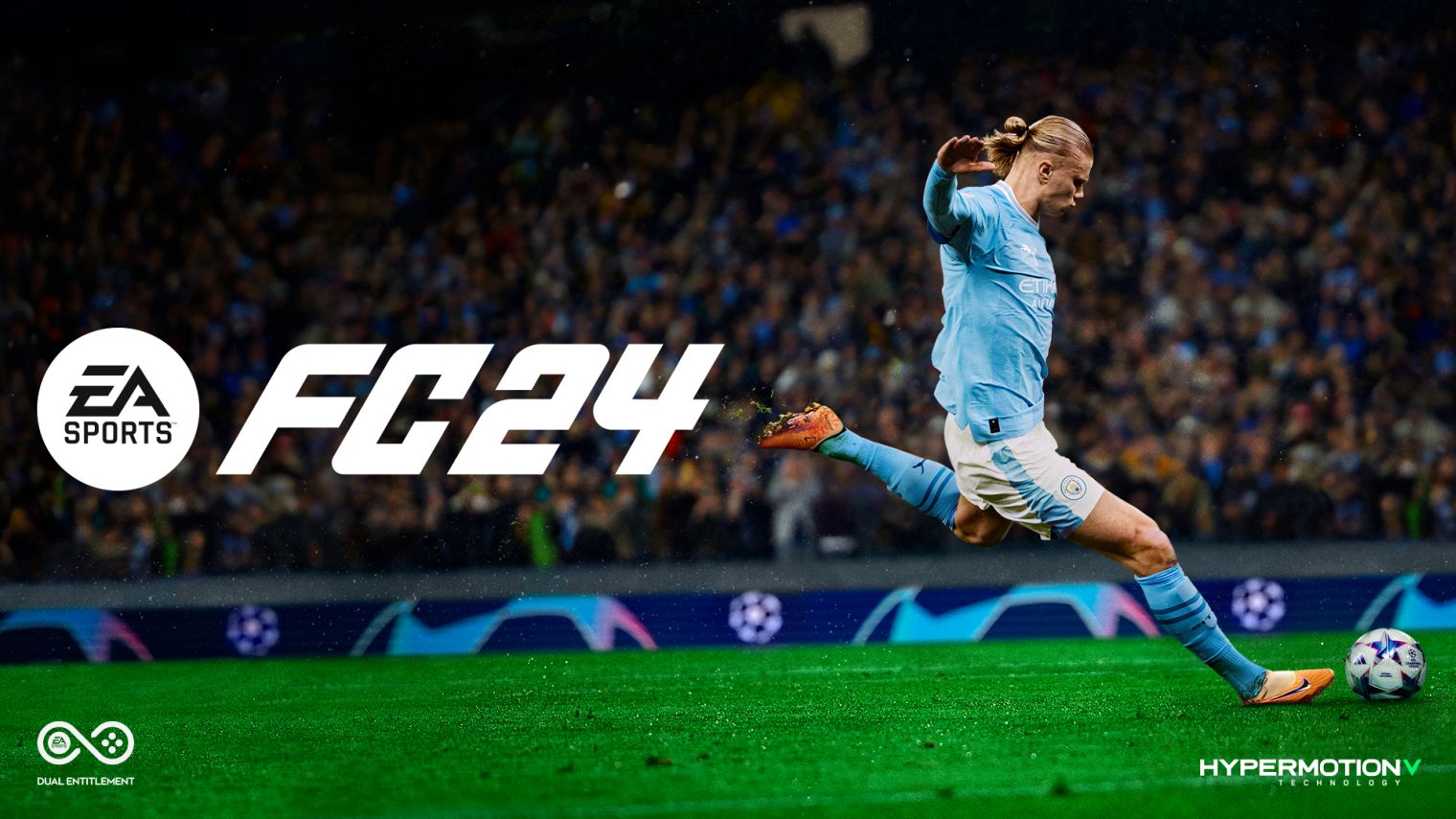Understand the impact of gaming screen resolution on in-game visuals
In the world of gaming, the quality of visuals is crucial. The clarity of in-game graphics can greatly enhance the gaming experience, making it more immersive and engaging. One of the main factors that affects the quality of these visuals is the resolution of the gaming monitor. But how does gaming screen resolution affect the clarity of in-game visuals? Let’s delve into this topic.
Determine the screen resolution
Before we continue, it is important to understand what screen resolution is. In simple terms, screen resolution refers to the number of distinct pixels that can be displayed in each dimension on the screen. It is usually indicated as width x height, and the units are in pixels. For example, a resolution of 1920 x 1080 means that the screen is 1920 pixels wide and 1080 pixels high. The higher the resolution, the more pixels that can be displayed, and thus the clearer and more detailed the image becomes.
Accuracy and clarity of in-game visuals
Gaming monitor resolution plays a crucial role in determining the clarity of in-game visuals. A higher resolution means more pixels are used to create the image, resulting in a sharper, more detailed image. This is especially important in games where tiny details can make a big difference, such as spotting an enemy in a first-person shooter or noticing a hidden clue in an adventure game.
For example, a 4K display (3840 x 2160 pixels) will provide sharper, more detailed visuals than a Full HD display (1920 x 1080 pixels). A 4K display has four times the number of pixels as a Full HD display, allowing it to display finer details.
Other factors to consider
Although resolution is a major factor in determining the clarity of in-game visuals, it is not the only factor. Other factors, such as screen refresh rate, response time, and panel type, can also greatly affect the quality of the visuals.
Refresh rate, measured in hertz (Hz), refers to the number of times the screen refreshes with new images every second. A higher refresh rate can result in smoother, smoother visuals, which is especially useful in fast-paced games.
Response time, measured in milliseconds (ms), refers to the time it takes a pixel to change from one color to another. Reducing response time can reduce motion blur and ghosting, enhancing the clarity of visuals.
Finally, the panel type can affect the color accuracy and viewing angles of the screen. For example, IPS (In-Plane Switching) panels are known for their excellent color accuracy and wide viewing angles, while TN (Twisted Nematic) panels are known for their fast response times.
Conclusion
In conclusion, the resolution of a gaming monitor can greatly impact the clarity of in-game visuals. A higher resolution will result in sharper and more detailed images, enhancing the overall gaming experience. However, other factors such as refresh rate, response time and panel type should also be taken into consideration when choosing a gaming monitor.
sources:
1. “Screen Resolution: A Comprehensive Guide” – TechRadar
2. “How Screen Resolution Affects Games” – PC Gamer
3. “Understanding refresh rates and response times” – Digital Trends
4. “IPS vs TN: Screen Technologies Explained” – Trusted Reviews

“Unapologetic analyst. Infuriatingly humble coffee evangelist. Gamer. Unable to type with boxing gloves on. Student. Entrepreneur.”







More Stories
You can play these 4 free games now!
Acer expands cashback campaign for gaming laptops
Abyss, King Arthur and Crown Wars: three RPGs taking Steam by storm